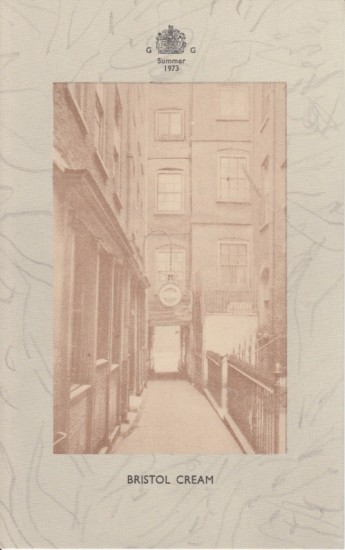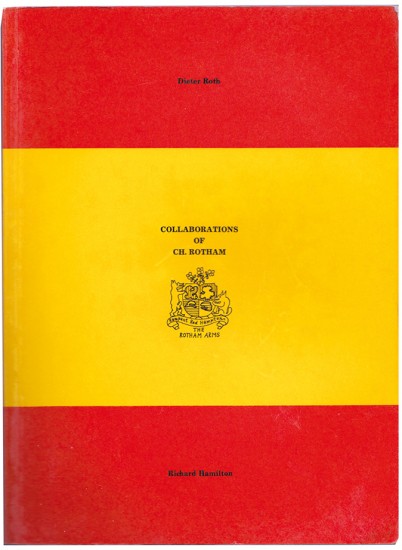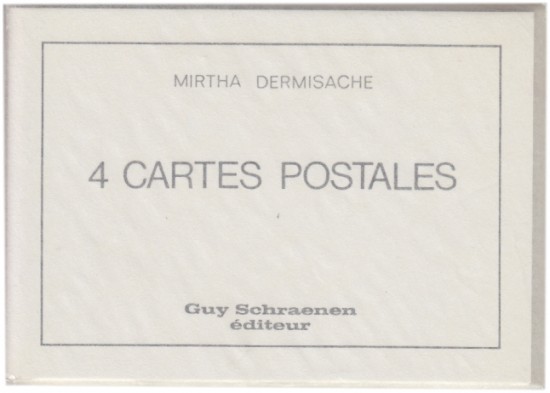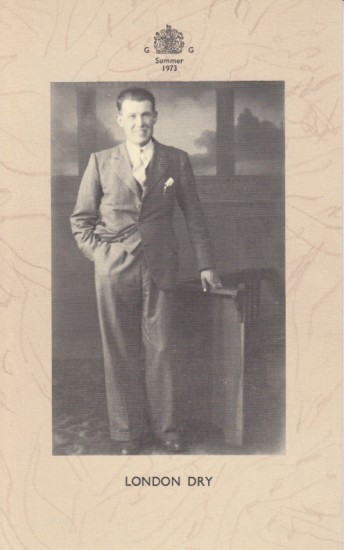P. Virgilii Maronis Opera : P. V. M. Opera cum quinque Commentariis, expolitissimisque figuris atque imaginibus per Sebastianum Brant superadditis
Virgil. Publius Vergilius Maro
In ciuitate Argenten[sis]. (Strasbourg). Iohannis Grieninger (Johannes Grüninger). 1502
Sold
First illustrated edition of the works of Virgil, Grüninger's masterpiece, and one of the greatest German woodcut series of the Renaissance.
Edited by Sebastian Brant, including several additional poems attributed to Virgil but not found in earlier editions and the commentaries of Servius Maurus Honoratus, Aelius Donatus, Cristoforo Landino, Domizio Calderini and Antonio Macinelli, Grüninger's 1502 edition is rightly acclaimed for its magificent series of woodcut illustrations by the anonymous Late Master of the Grüninger Workshop. The highly evocative woodcuts capture the essence of Virgil's Arcadian and rustic landscapes as well as the epic and frequently violent sweep of the Aeneid. The woodcut title depicts Virgil as he is crowned by Calliope and flanked by several contemporaries: Cornelius Gallus, Lucius Varius Rufus and Plotius Tucca (Virgil's literary executors), Bavius and Maevius (a pair of critics whose work is mocked in the third Eclogue), Maecenas (Virgil's patron for the Georgica), the emperor Augustus and Gaius Asinius Pollio (the poet and historian to whom the eighth Eclogue is addressed).
The remaining woodcuts, many of them based on the illustrations for the Codex Riccardianus, the Medici manuscript in Florence, appear to have been a collaborative effort between Brant and the engraver (see Brant's 'ad lectorem operis'). Brant further explains that the commentary, not to say the text, is for the initiated intellectual, while the illustration makes Virgil accessible to the illiterate and those unfamiliar with the classics. The result, however, is a highly detailed and important corpus of woodcuts that elucidate Virgil's famous verse; it now seems improbable, given the number of editions of Virgil printed in the fifteenth century, that an illustrated edition had not appeared before Grüninger's. This woodcut series was highly influential and the blocks were reused for a number of later editions; close copies were also made and published.
'While his [Sebastian Brant's] satirical poem Das Narrenschiff won him considerable standing as a writer, his role in the transmission of Virgil to the Renaissance was at least as important ... While continuing to assert his membership in a learned community, then, Brant also conceived of his Virgil as a revolutionary document in the dissemination of the classics, one that embodied an anti-elitist ethics of production.' (Patterson).
'This is the edition issued by Gruninger under the supervision of Sebastian Brant. It is dated in the colophon 28th Augst. 1502. In Brant's Carmen which commences on the back of the titlepage, are these words: ... 'ut has nostras quas pinximus ecce tabellas Virgilis, charas tu quoque habere velis', which has been held to indicate that Brant himself furnished the designs for the woodcuts. The printer's mark, No 1, follows the colophon. The work contains in all 213 illustrations - 10 for the Bucolics, 40 for the Georgics, 136 for the Aeneids and 27 for the appendix. A few of the woodcuts in the Appendix were not specially prepared for this book, but the numerous illustrations bear marvellous testimony to the enterprise of Gruninger ... '. (Manuscript 'Note' by Gilbert Redgrave to front free endpaper).
'Edition ornée de nombreuses gravures sur bois ... également remarquables pour leur singularité et leur bonne éxecution. On compte dans le volume une quarantaine de gravures qui occupent chacune les deux tiers de la page, et 171 de grandeur in-4.' (Brunet).
[Brunet V, 1277; see 'Sebastian Brant: Illustration as Exegesis' by Annabel Patterson in 'Pastoral and Ideology: Virgil to Valéry', Berkeley, 1987].
Edited by Sebastian Brant, including several additional poems attributed to Virgil but not found in earlier editions and the commentaries of Servius Maurus Honoratus, Aelius Donatus, Cristoforo Landino, Domizio Calderini and Antonio Macinelli, Grüninger's 1502 edition is rightly acclaimed for its magificent series of woodcut illustrations by the anonymous Late Master of the Grüninger Workshop. The highly evocative woodcuts capture the essence of Virgil's Arcadian and rustic landscapes as well as the epic and frequently violent sweep of the Aeneid. The woodcut title depicts Virgil as he is crowned by Calliope and flanked by several contemporaries: Cornelius Gallus, Lucius Varius Rufus and Plotius Tucca (Virgil's literary executors), Bavius and Maevius (a pair of critics whose work is mocked in the third Eclogue), Maecenas (Virgil's patron for the Georgica), the emperor Augustus and Gaius Asinius Pollio (the poet and historian to whom the eighth Eclogue is addressed).
The remaining woodcuts, many of them based on the illustrations for the Codex Riccardianus, the Medici manuscript in Florence, appear to have been a collaborative effort between Brant and the engraver (see Brant's 'ad lectorem operis'). Brant further explains that the commentary, not to say the text, is for the initiated intellectual, while the illustration makes Virgil accessible to the illiterate and those unfamiliar with the classics. The result, however, is a highly detailed and important corpus of woodcuts that elucidate Virgil's famous verse; it now seems improbable, given the number of editions of Virgil printed in the fifteenth century, that an illustrated edition had not appeared before Grüninger's. This woodcut series was highly influential and the blocks were reused for a number of later editions; close copies were also made and published.
'While his [Sebastian Brant's] satirical poem Das Narrenschiff won him considerable standing as a writer, his role in the transmission of Virgil to the Renaissance was at least as important ... While continuing to assert his membership in a learned community, then, Brant also conceived of his Virgil as a revolutionary document in the dissemination of the classics, one that embodied an anti-elitist ethics of production.' (Patterson).
'This is the edition issued by Gruninger under the supervision of Sebastian Brant. It is dated in the colophon 28th Augst. 1502. In Brant's Carmen which commences on the back of the titlepage, are these words: ... 'ut has nostras quas pinximus ecce tabellas Virgilis, charas tu quoque habere velis', which has been held to indicate that Brant himself furnished the designs for the woodcuts. The printer's mark, No 1, follows the colophon. The work contains in all 213 illustrations - 10 for the Bucolics, 40 for the Georgics, 136 for the Aeneids and 27 for the appendix. A few of the woodcuts in the Appendix were not specially prepared for this book, but the numerous illustrations bear marvellous testimony to the enterprise of Gruninger ... '. (Manuscript 'Note' by Gilbert Redgrave to front free endpaper).
'Edition ornée de nombreuses gravures sur bois ... également remarquables pour leur singularité et leur bonne éxecution. On compte dans le volume une quarantaine de gravures qui occupent chacune les deux tiers de la page, et 171 de grandeur in-4.' (Brunet).
[Brunet V, 1277; see 'Sebastian Brant: Illustration as Exegesis' by Annabel Patterson in 'Pastoral and Ideology: Virgil to Valéry', Berkeley, 1987].
[449 leaves, including inserted leaf in gathering 'H'; 6 unnumbered leaves, 407 leaves foliated in Roman numerals at upper right, 34 leaves foliated I - XXXIIII at upper right, final leaf with colophon recto]. Folio. (320 x 220 mm). Pictorial woodcut title in red and black, leaves with Brant's 'ad lectore', Landino's 'Prooemium' and life of Virgil, text of the Bucolica, Georgica and Aeneid Books I - XII, together with Maffeo Veggio's supplement (Book XIII), the minor poems and final leaf with Tabula nd colophon recto. Illustrated with 214 woodcuts (including title), some full-page, one double-page and 69 half-page or smaller (mainly in the Bucolica, Georgica and minor poems) by the Late Master of the Grüninger Workshop and 50 woodcut historiated, inhabited or decorative initials, occasional figures in several plates and colophon to final leaf verso coloured by hand. Contemporary and later marginalia throughout in several hands, worming and soiling throughout, several leaves with minor repairs. (Sheet size: 296 x 200 mm). Contemporary blindtsamped pigskin over wooden boards, binding worn at corners and board edges, worming to boards, spine rubbed, boards with elaborate blindstamped decorative tooling including panels with the figures of the Evangelists to surround central lozenge, banded spine in five compartments with manuscript title: 'Virgil / Grüninger / 1502 / S. Brant', lacking one clasp, stained edges.
#42181













